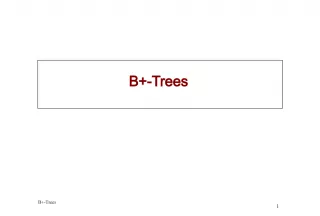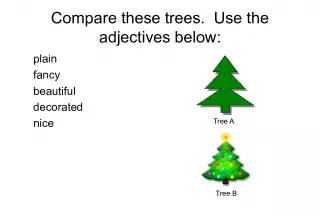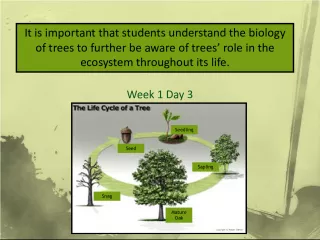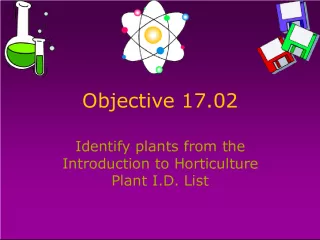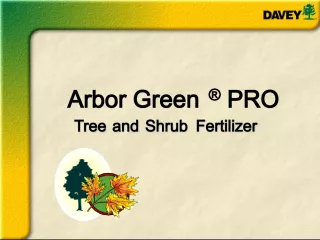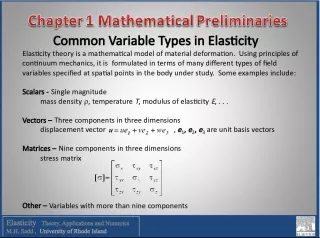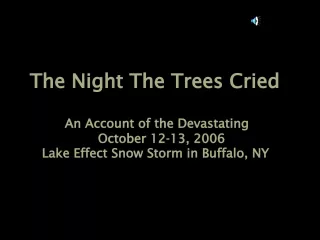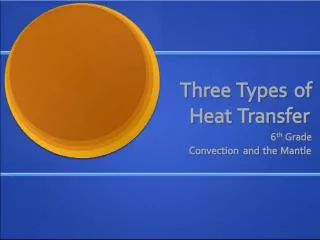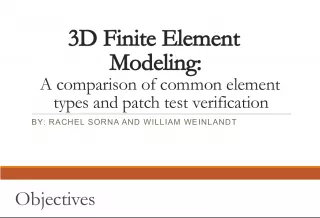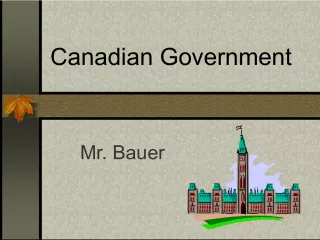Types of Fir Trees


This article discusses various types of fir trees, including the subalpine fir and balsam fir. It also covers the features of the Abies lasiocarpa nut and the differences between white bals
- Uploaded on | 1 Views
-
 oliverjohansen
oliverjohansen
About Types of Fir Trees
PowerPoint presentation about 'Types of Fir Trees'. This presentation describes the topic on This article discusses various types of fir trees, including the subalpine fir and balsam fir. It also covers the features of the Abies lasiocarpa nut and the differences between white bals. The key topics included in this slideshow are . Download this presentation absolutely free.
Presentation Transcript
Slide1TreesTrees
Slide2SUBALPINE FIR SUBALPINE FIR S S U U B B A A L L P P I I N N E E F F I I R R ( ( A A b b i i e e s s l l a a s s i i o o c c a a r r p p a a N N u u t t t t . . ) ) a a l l p p i i n n e e f f i i r r , , b b a a l l s s a a m m f f i i r r , , w w h h i i t t e e b b a a l l s s a a m m , , w w h h i i t t e e f f i i r r G G E E N N E E R R A A L L D D E E S S C C R R I I P P T T I I O O N N S S u u b b a a l l p p i i n n e e f f i i r r i i s s a a t t y y p p i i c c a a l l m m e e d d i i u u m m s s i i z z e e d d e e v v e e r r g g r r e e e e n n t t r r e e e e o o f f o o u u r r h h i i g g h h m m o o u u n n t t a a i i n n s s l l o o p p e e s s a a n n d d c c a a n n y y o o n n s s . . I I t t s s c c r r o o w w n n i i s s v v e e r r y y d d i i s s t t i i n n c c t t i i v v e e i i n n t t h h a a t t i i t t i i s s s s l l e e n n d d e e r r a a n n d d s s p p i i r r e e - - l l i i k k e e . . T T h h e e u u p p p p e e r r s s e e v v e e r r a a l l f f e e e e t t o o f f t t h h e e c c r r o o w w n n m m a a y y h h a a v v e e a a d d i i a a m m e e t t e e r r o o f f l l e e s s s s t t h h a a n n o o n n e e f f o o o o t t . . T T h h e e b b r r a a n n c c h h e e s s o o f f t t h h i i s s t t r r e e e e p p e e r r s s i i s s t t o o n n t t h h e e t t r r u u n n k k r r i i g g h h t t t t o o t t h h e e g g r r o o u u n n d d . . I I n n U U t t a a h h t t h h i i s s t t r r e e e e s s e e l l d d o o m m e e x x c c e e e e d d s s 9 9 0 0 f f e e e e t t i i n n h h e e i i g g h h t t a a n n d d 2 2 f f e e e e t t i i n n d d i i a a m m e e t t e e r r a a t t m m a a t t u u r r i i t t y y . . S S U U B B A A L L P P I I N N E E F F I I R R ( ( A A b b i i e e s s l l a a s s i i o o c c a a r r p p a a N N u u t t t t . . ) ) a a l l p p i i n n e e f f i i r r , , b b a a l l s s a a m m f f i i r r , , w w h h i i t t e e b b a a l l s s a a m m , , w w h h i i t t e e f f i i r r G G E E N N E E R R A A L L D D E E S S C C R R I I P P T T I I O O N N S S u u b b a a l l p p i i n n e e f f i i r r i i s s a a t t y y p p i i c c a a l l m m e e d d i i u u m m s s i i z z e e d d e e v v e e r r g g r r e e e e n n t t r r e e e e o o f f o o u u r r h h i i g g h h m m o o u u n n t t a a i i n n s s l l o o p p e e s s a a n n d d c c a a n n y y o o n n s s . . I I t t s s c c r r o o w w n n i i s s v v e e r r y y d d i i s s t t i i n n c c t t i i v v e e i i n n t t h h a a t t i i t t i i s s s s l l e e n n d d e e r r a a n n d d s s p p i i r r e e - - l l i i k k e e . . T T h h e e u u p p p p e e r r s s e e v v e e r r a a l l f f e e e e t t o o f f t t h h e e c c r r o o w w n n m m a a y y h h a a v v e e a a d d i i a a m m e e t t e e r r o o f f l l e e s s s s t t h h a a n n o o n n e e f f o o o o t t . . T T h h e e b b r r a a n n c c h h e e s s o o f f t t h h i i s s t t r r e e e e p p e e r r s s i i s s t t o o n n t t h h e e t t r r u u n n k k r r i i g g h h t t t t o o t t h h e e g g r r o o u u n n d d . . I I n n U U t t a a h h t t h h i i s s t t r r e e e e s s e e l l d d o o m m e e x x c c e e e e d d s s 9 9 0 0 f f e e e e t t i i n n h h e e i i g g h h t t a a n n d d 2 2 f f e e e e t t i i n n d d i i a a m m e e t t e e r r a a t t m m a a t t u u r r i i t t y y . . More info next slide
Slide3 HISTORY OF USE AND COMMERCIAL IMPORTANCE SUBALPINE fir has had only limited use in Utah. Some use has been for poles, rough construction timbers, and fuel. The wood of this tree may have some potential for boxwood and pulp. In many of our local timber harvest operations this tree is cut with other species and processed into poorer grades of lumber. Wood rot is a serious problem in this tree and causes considerable loss in older stands, especially the lower logs. Small trees are EXTENSIV
Slide4UU T T A A H H J J U U N N I I P P E E R R ENEGRAL DESCRIPTION ENEGRAL DESCRIPTION Utah juniper is an evergreen tree that is usually a bush-type in appearance with rounded crown and a trunk that is many-forked Utah juniper is an evergreen tree that is usually a bush-type in appearance with rounded crown and a trunk that is many-forked or occasionally with a central dominant trunk. Mature trees average less that 30 feet high and are about 24 inches diameter. or occasionally with a central dominant trunk. Mature trees average less that 30 feet high and are about 24 inches diameter. HABITAT AND DISTRIBUTION HABITAT AND DISTRIBUTION This tree is common on dry plains, plateaus and the lower elevations of the mountains of the state. Its elevation range usually is This tree is common on dry plains, plateaus and the lower elevations of the mountains of the state. Its elevation range usually is between 4,000 and 7,500 feet in our state. It is common at elevations below the Pinions, and its maximum elevation is below the between 4,000 and 7,500 feet in our state. It is common at elevations below the Pinions, and its maximum elevation is below the upper limits of Rocky Mountain juniper. upper limits of Rocky Mountain juniper.
Slide5EE L L D D E E R R B B E E R R R R Y Y ELDERBERRY (Samabucus cerulea Raf.) ELDERBERRY (Samabucus cerulea Raf.) blueberry elder, blue elderberry blueberry elder, blue elderberry GENERAL DESCRIPTION GENERAL DESCRIPTION Elderberry is a small tree usually seen in low shrubby form or in clumps. It seldom exceeds 20 feet in height and eight inches in Elderberry is a small tree usually seen in low shrubby form or in clumps. It seldom exceeds 20 feet in height and eight inches in diameter in this area. However, specimens over twice this size may be found. The crown is usually rounded for individual trees, diameter in this area. However, specimens over twice this size may be found. The crown is usually rounded for individual trees, while clumps are somewhat vase-shaped. while clumps are somewhat vase-shaped. HISTORY OF USE AND COMMERCIAL IMPORTANCE HISTORY OF USE AND COMMERCIAL IMPORTANCE This tree has been used principally for the fruit it produces. The Indians had a use for almost all parts of the plant. Berries were This tree has been used principally for the fruit it produces. The Indians had a use for almost all parts of the plant. Berries were used for food and stems were used for musical instruments. Another important use for this tree is it provides food for the used for food and stems were used for musical instruments. Another important use for this tree is it provides food for the wildlife. The berries are extensively used by birds and other wildlife; deer and elk browse the plant heavily. Domestic animals wildlife. The berries are extensively used by birds and other wildlife; deer and elk browse the plant heavily. Domestic animals also fee on the leaves and twigs. also fee on the leaves and twigs. HABITAT AND DISTRIBUTION HABITAT AND DISTRIBUTION Elderberry is commonly found along streams and canyon bottoms where soil is moist. Even though this tree is generally found Elderberry is commonly found along streams and canyon bottoms where soil is moist. Even though this tree is generally found through through
Slide6BOXELTERBOXELTER BOXELDER (Acer negundo L.) BOXELDER (Acer negundo L.) ashleaf maple, boxelder maple ashleaf maple, boxelder maple GENERAL DESCRIPTION GENERAL DESCRIPTION Boxelder is the "poor relative" of the maples. This tree is medium sized, average in height (about 45 feet), and about 24 inches in Boxelder is the "poor relative" of the maples. This tree is medium sized, average in height (about 45 feet), and about 24 inches in diameter. The crown is very dense, broad, and rounded, usually extending from the ground up. diameter. The crown is very dense, broad, and rounded, usually extending from the ground up. HABITAT AND DISTRIBUTION HABITAT AND DISTRIBUTION The form of Boxelder found in Utah is a variety (interius) of the species that is widely distributed throughout the United States. The form of Boxelder found in Utah is a variety (interius) of the species that is widely distributed throughout the United States. Boxelder is common along stream courses in the mountain canyons of the state. It is also mostly found between 4,000 and Boxelder is common along stream courses in the mountain canyons of the state. It is also mostly found between 4,000 and 8,000 foot elevations. 8,000 foot elevations.
Slide7TT H H E E O O L L D D A A N N D D T T H H E E N N E E W W
Slide8THE INDIAN ON THE MOUNTAIN THE INDIAN ON THE MOUNTAIN There once was a INDIAN who lived on a mountain for all his life in tell he was 200 years old he went to the mountain and got lost as he was a kid, his hole life. There once was a INDIAN who lived on a mountain for all his life in tell he was 200 years old he went to the mountain and got lost as he was a kid, his hole life. It was lonely for a wile but he got used to it so days went by then months then years but he made some friends some animal friends that is. So from that day on he’s known as the Indian on the mountain. It was lonely for a wile but he got used to it so days went by then months then years but he made some friends some animal friends that is. So from that day on he’s known as the Indian on the mountain.
Slide9MOUNTIAN MEN/Dave Anderson MOUNTIAN MEN/Dave Anderson The mountain men traveled by horse and Dave Anderson travels by GMC. The mountain men traveled by horse and Dave Anderson travels by GMC. The mountain men hunted for their food and Dave Anderson picks up his food from Brigerland The mountain men hunted for their food and Dave Anderson picks up his food from Brigerland Mountain men bathed in pot holes Dave Anderson took showers once a week. Mountain men bathed in pot holes Dave Anderson took showers once a week.
Slide10Dave/ Mountain man Dave/ Mountain man
Slide11Dave’s faverit place to eat. Dave’s faverit place to eat.
Slide12F-16F-16
Slide13II N N F F O O O O N N F F - - 1 1 6 6 Probably one of the most exciting aircraft that exists today is the F-16 "Fighting Falcon." This modern-day fighter aircraft Probably one of the most exciting aircraft that exists today is the F-16 "Fighting Falcon." This modern-day fighter aircraft remains at the cutting edge of fighter aircraft technology, with the more recent F-16C and F-16D versions incorporating further remains at the cutting edge of fighter aircraft technology, with the more recent F-16C and F-16D versions incorporating further improved electronics and weapons capabilities. Due to its diverse abilities, the F-16 is used for both air and ground attack. improved electronics and weapons capabilities. Due to its diverse abilities, the F-16 is used for both air and ground attack. The F-16 is known for its agility and speed, with a maximum speed of 1,320 mph and a range of over 575 miles. It is armed The F-16 is known for its agility and speed, with a maximum speed of 1,320 mph and a range of over 575 miles. It is armed with a 20mm multi-barrel cannon, plus up to 20,450 lbs of missiles and other ordinance with a 20mm multi-barrel cannon, plus up to 20,450 lbs of missiles and other ordinance Serweb.org sourse Serweb.org sourse
Slide14Water stream flow graph Water stream flow graph
Slide15TestingTesting
Slide16MY secret place MY secret place My secret place is on a rock under a tree. It is in the shade. And I can see the birds and listen to the crickets. The wind is blowing. I can see the pond with the sun gleaming on it. There is also noisy trucks that are passing by. My secret place is on a rock under a tree. It is in the shade. And I can see the birds and listen to the crickets. The wind is blowing. I can see the pond with the sun gleaming on it. There is also noisy trucks that are passing by.

